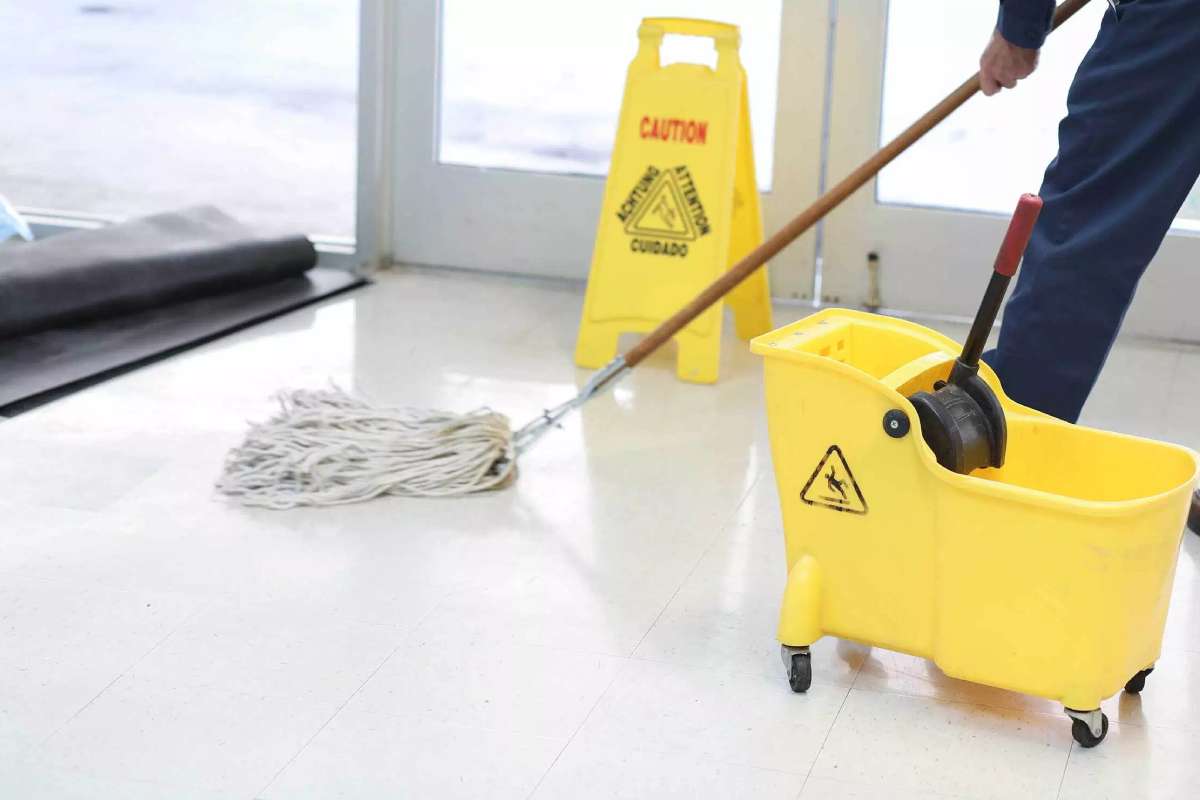
The Invisible Dangers: 4 Facts About Biohazard Cleanup At Home
There are always dirty and hazardous jobs that no one really wants to do. Of course, someone does have to do them and in many cases, they are paid well to do it. One area where a strong stomach is needed is in the case of cleaning up biowaste at crime scenes, murders, serious injuries, suicides, and so on. No one really wants to think about how the waste material gets cleaned up, but someone needs to get it done. This is where companies that specialise in biohazard cleaning are indispensable.
What Needs to Be Cleaned up?
So, what does biohazard cleaning involve and what needs to be cleaned up? Consider the following:
- Body fluids
- Organic waste, such as faeces, moulds, and fungus
- Blood and body tissue from humans and animals
- Carcasses and dismembered body parts of humans and animals
- Waste material that has organic materials on it that may be hazardous, such as blood and body fluids
What Are the Risks and Dangers?
Obviously, biohazard work is not for everyone. In some cases, therapy may even be required for this type of work. Certainly, there are certifications required to do it, but there are other dangers that one must be aware of, including:
1. Pathogens Are Dangerous
Every biohazard worker must practice strict infection control measures. The truth is that many people in the community are infected with diseases such as hepatitis and even HIV. IV drug users are commonly infected with one of these pathogens and it is a real danger in many crime scenes.
While a virus, such as HIV, may not survive long outside of the body, it can live for a few days under the right conditions. Studies have even shown that it can continue to be an infectious agent when it is sitting inside a needle. It can be very dangerous if there is a needle stick injury to one of the cleaning workers.
Furthermore, fresh blood should always be treated with care as it can contain blood borne viruses, such as hepatitis and HIV, but even blood that looks to be dried should be treated according to infection control standards.
Such blood borne pathogens are not just a danger when it comes to used drug needles. They can also infect others in the vicinity if they become airborne. Splashes of blood can cause small droplets to move through the air and may enter the nose, eyes, and mouth where they can infect through delicate mucous membranes.
2. Blood Stains Can Still Be Dangerous
One thing that many people don’t know is that fresh blood will soak into carpets and floorboards and can pose a serious infection risk for those in the area. This waste material needs to be identified and cleaned correctly. Every single drop of blood should be treated with caution.
3. Other Fluids Can Be Infectious
It’s wise to remember that it’s not just blood that contains pathogens. Other bodily fluids, such as semen, contain viruses such as HIV. Many crime scenes may also contain semen and other bodily fluids and they need to be treated with just as much caution as fresh or dried blood. The fact is that these pathogens do not discriminate based on age, sex, or social class. Anyone can carry them and many people do not even know that they are carriers.
4. There May Be Emotional Consequences
Even though biohazard cleaning is a job for a professional who understands the risks and can disconnect themselves from their daily work, there are still emotional consequences to consider. Many crime scene cleaning jobs are horrific in nature and of course, it can cause a lot of emotional distress to both the homeowner and the cleaning professional hired.
Remember to do a thorough research beforehand and find a cleaning professional that is experienced and qualified, to avoid any potential problems during the job and to give you complete peace of mind.

